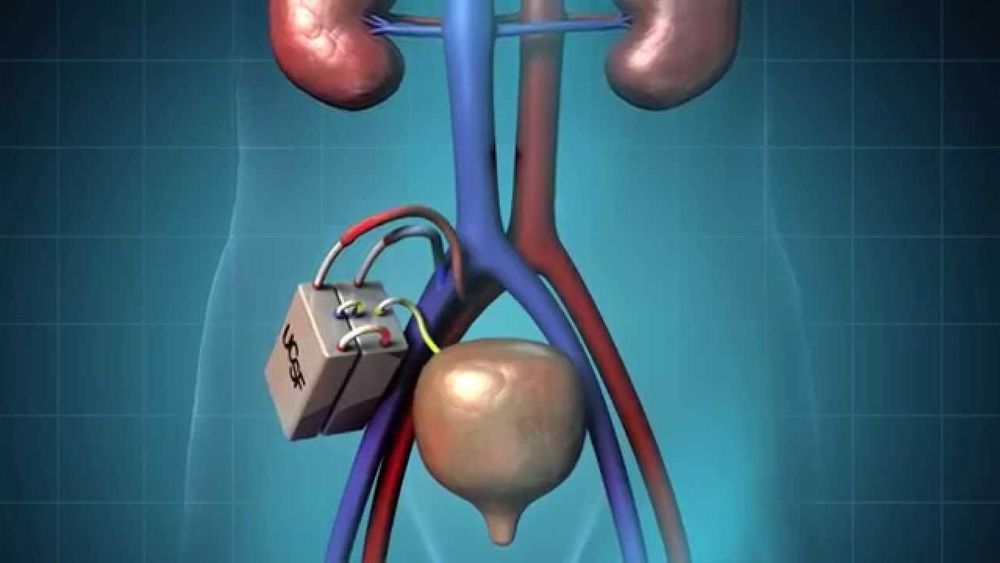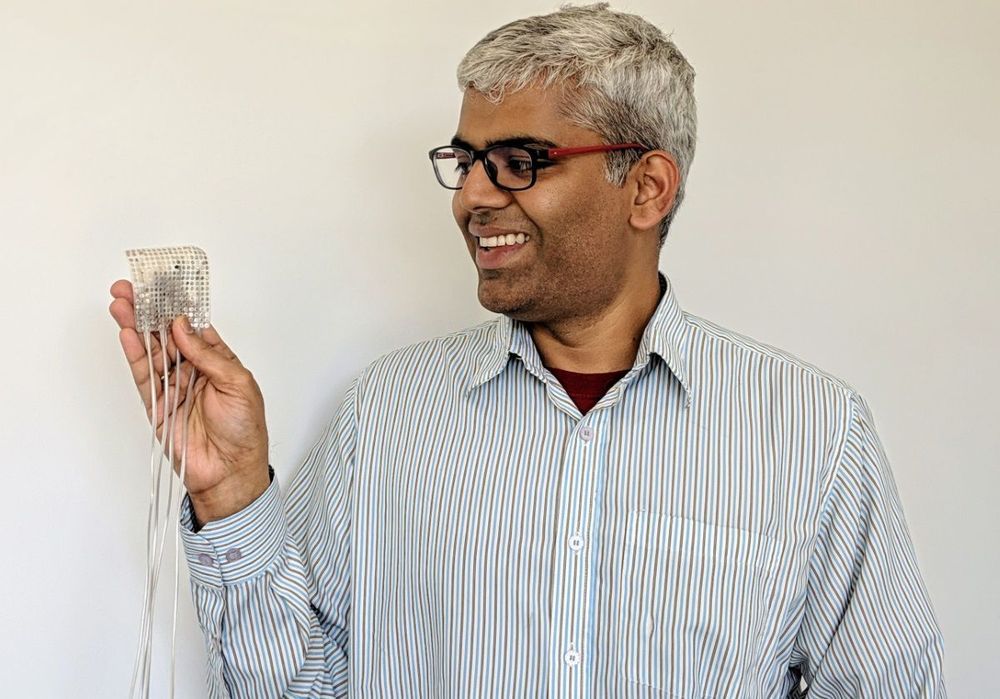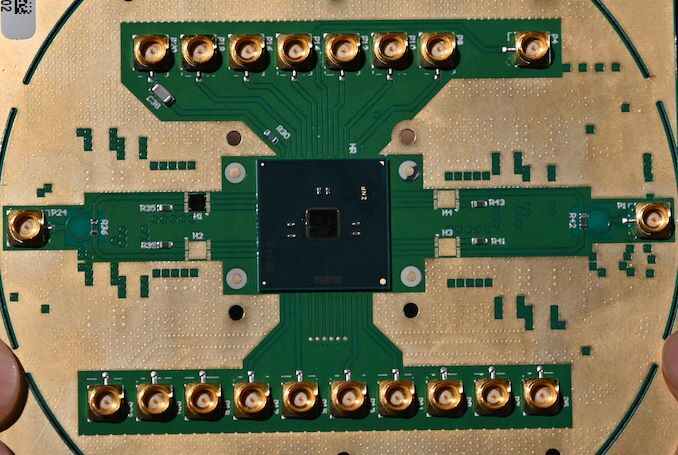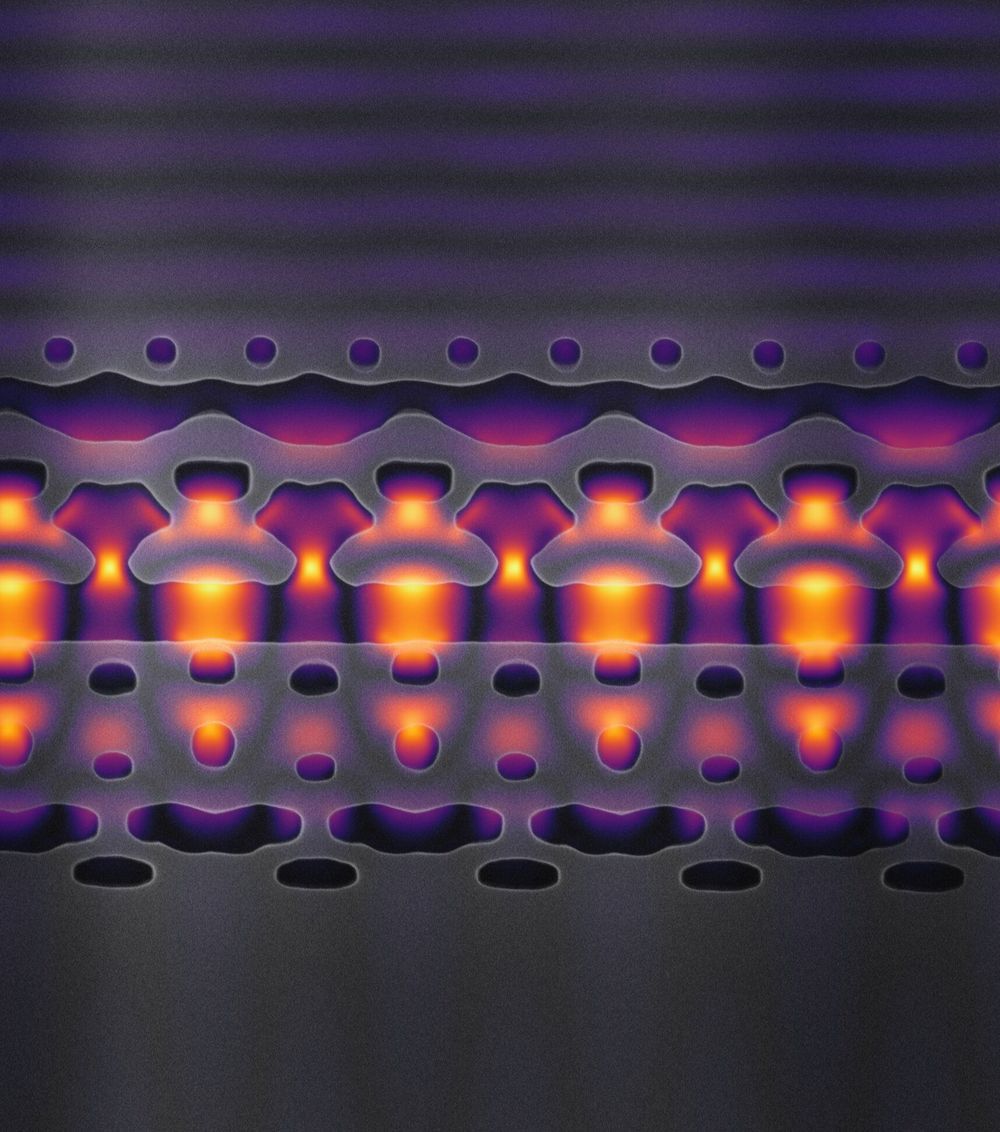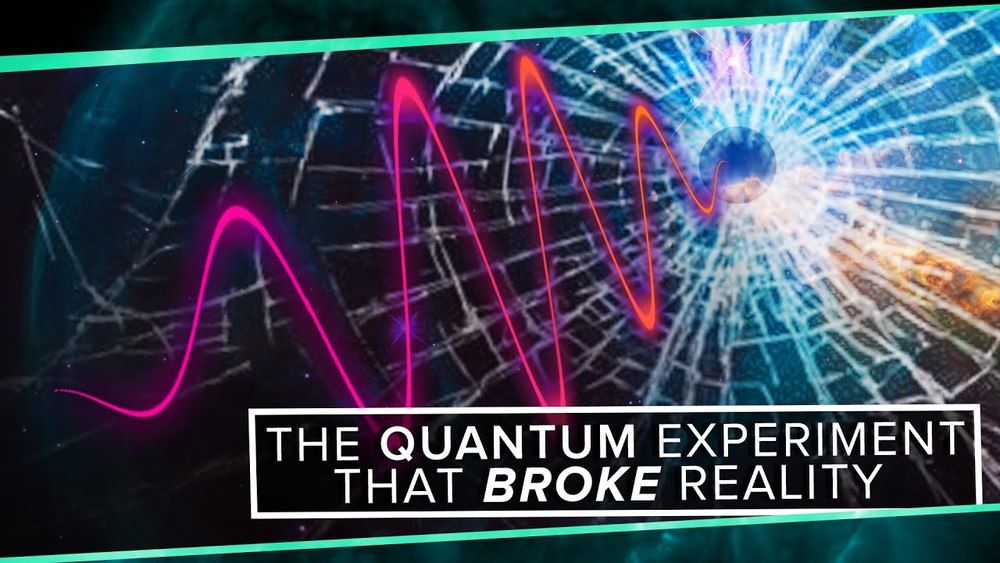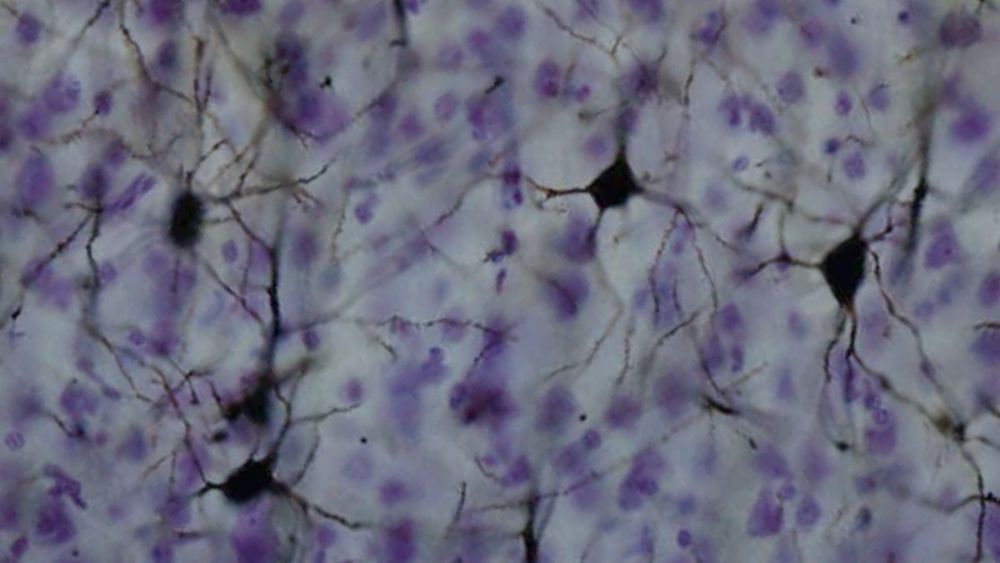Jan 8, 2020
Remembering Stephen Hawking on his 78th birthday: A legacy of humanity
Posted by Genevieve Klien in categories: biotech/medical, computing, space
Stephen Hawking passed away on 14 March 2018. His work changed literally everything we know about the cosmos and our place in it. But his greatest contribution to our species wasn’t his theories on black holes or how quickly the universe was expanding, it was his humanity.
Professor Hawking was born on 8 January 1942. He would have been 78 years old today – a bit older than ‘boomer’ age, his generation was called the “Silent” one. In his early twenties he was diagnosed with Lou Gehrig’s disease (ALS). Eventually he became paralyzed and could only speak with the assistance a computer-generated audio device.

